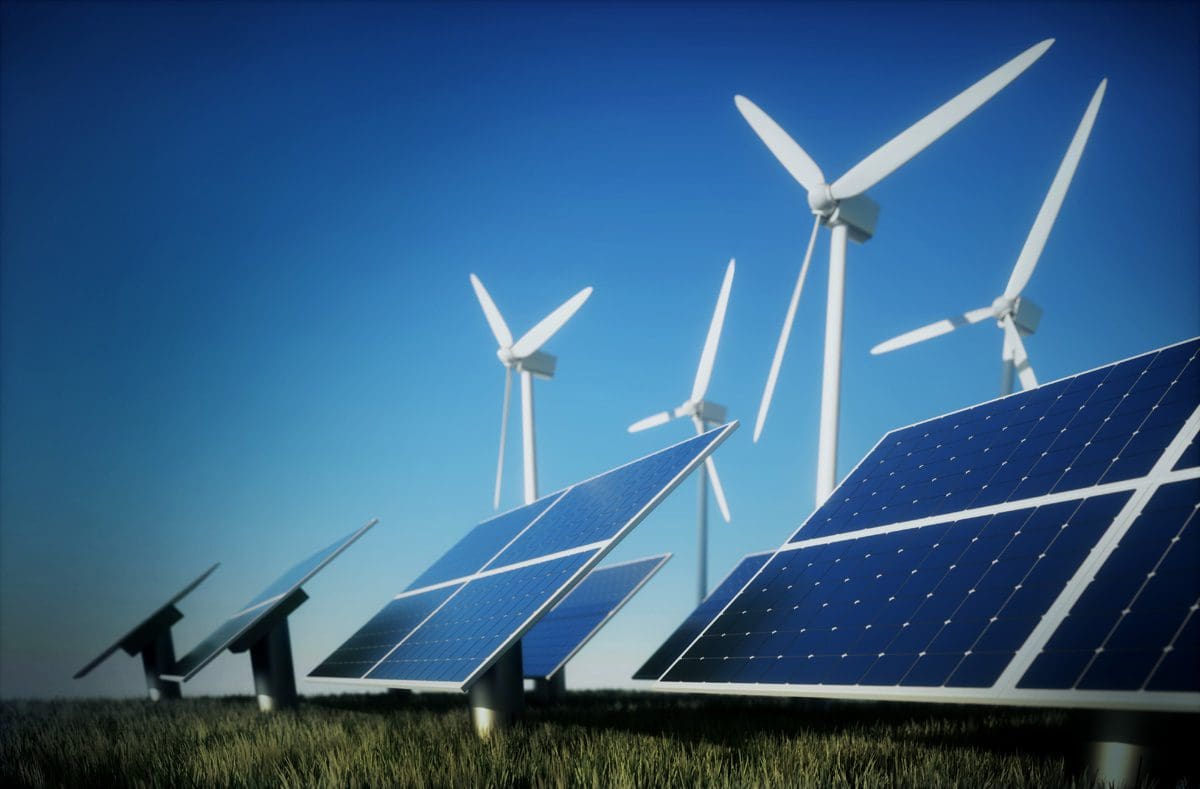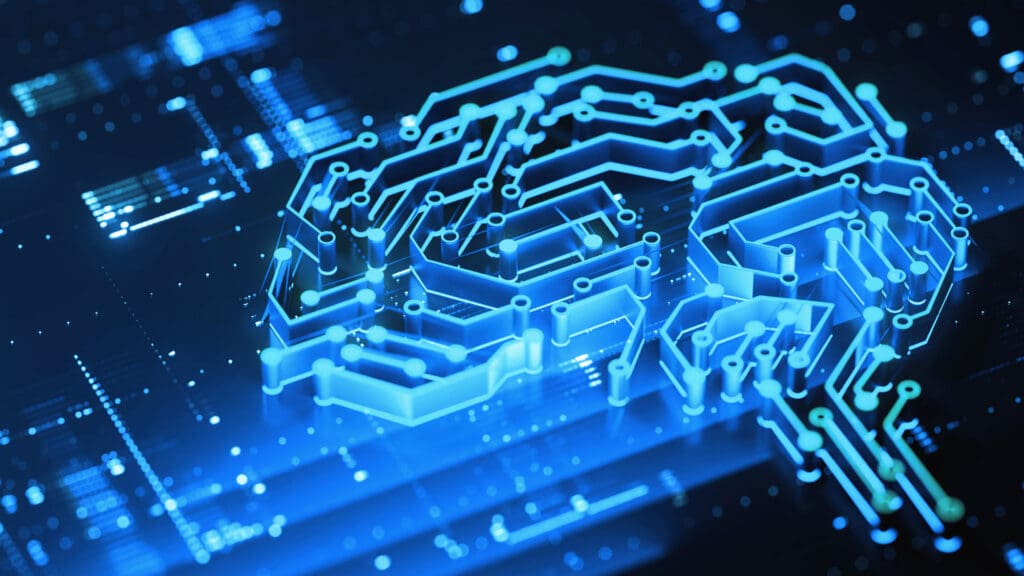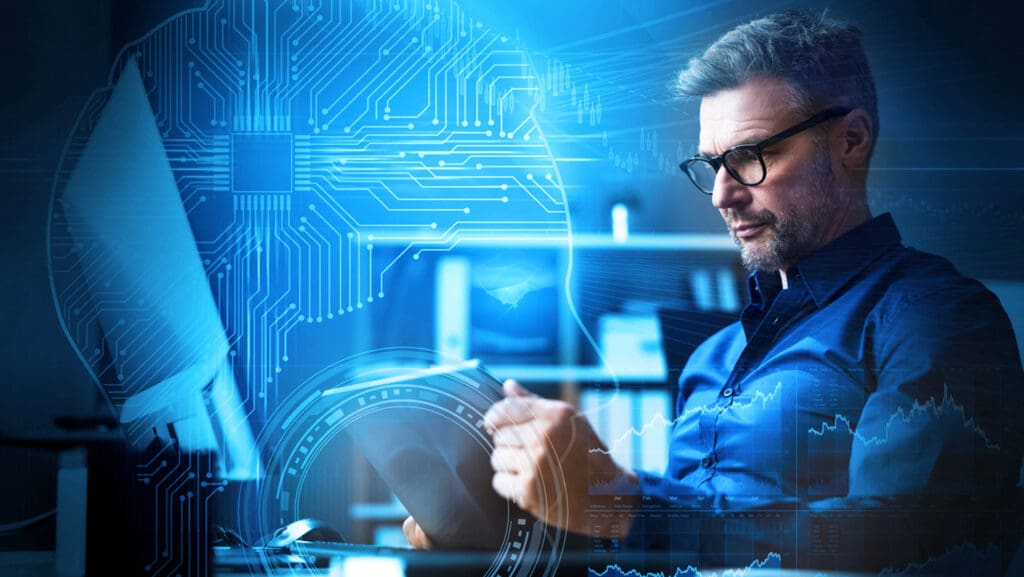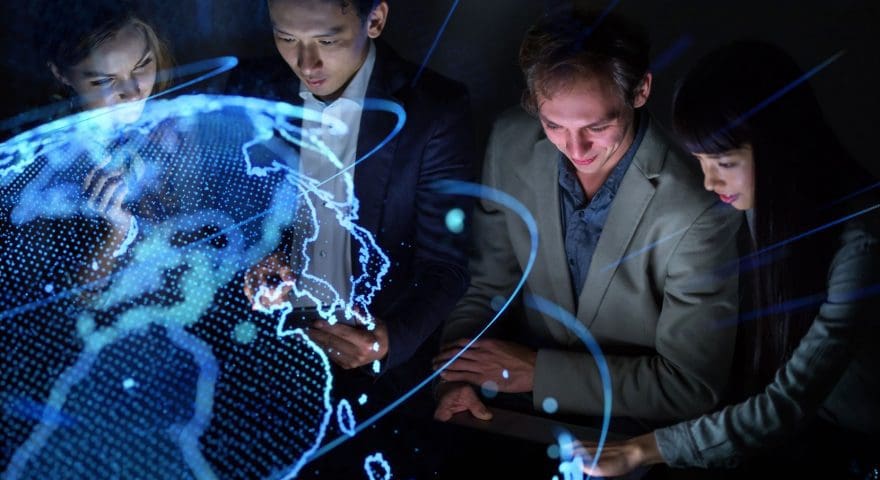The electric utility industry traces its roots to the launch of the world’s first centralized power plant in 1882, Thomas Edison’s Pearl Street Station, located in the financial district of New York City was one of the earliest, albeit small, centralized electricity generation and distribution systems. But while the centralized power plant model became the dominant electricity delivery model and has served the world well for nearly 140 years, it is changing as the utility industry and the entire energy production, transmission, and distribution system undergo a fundamental transformation.
Shifting Toward a More Decentralized Energy Infrastructure
The emphasis is now shifting toward a more decentralized energy infrastructure, where a mix of dispersed and low-carbon, renewable energy sources such as solar, wind, geothermal, fuel cell, and battery installations – collectively called Distributed Energy Resources (DER)—are integrated with the large centralized power plants in the power grid.
Several trends are driving this transformation. Society’s desire for more sustainable ways to produce energy have spurred viable commercial advances, and many new products for DER applications, along with growing use of these systems, are already deployed in the market. In turn, DERs’ improved cost and functionality tradeoffs have led to new regulations which have created compelling new business opportunities.
One example of such regulatory change for the electricity industry is the US Federal Energy Regulatory Commission (FERC) Order 2222. FERC Order 2222, approved in late 2020, mandates that DER aggregators (i.e., entities which collect energy production from smaller individual DER producers) must be allowed to sell this aggregated DER electric power into the wholesale transmission market for electricity. This mandate is expected to have major impacts on the deployment of DER resources, and their sale into the overall electric grid in the United States.
In terms of goals for the deployment of renewable energy and DERs, the US Department of Energy has recently released its Solar Futures study that lays out massive decarbonization scenarios for the United States.
According to the most aggressive decarbonization scenario in the Solar Futures study, solar power will grow from 3% of the US electricity supply in 2021 to 40% by 2035 and 45% by 2050. To achieve 95% decarbonization of the electric grid by 2035 (including additional renewable sources beyond solar), the US must install 30 Gigawatts of Alternating Current (AC) solar for each year between now and 2035, and then ramp up to 60 Gigawatts AC of additional solar power each year from 2025 to 2030. As a point of comparison the United States installed about 15 Gigawatts of solar capacity in 2020. Realizing these ambitions will require massive investments in these new technologies in a relatively brief time period.
Beyond the US, countries throughout the world are adopting similar aggressive targets to decarbonize both their electric production systems, and their broader energy production and consumption sectors. To realize these targets, DER technology will need to be widely deployed. Such deployment will rely upon a core set of technology standards and requirements, such as those produced by the IEEE.
Why Standards Are Key to the Energy Transformation
Electric utility systems by their nature are complex, and the addition of DER systems to the power grid introduces another layer of complexity. Standards are essential to the safe interconnection of DER systems to the larger grid, through establishing technical design rules. DER standards also enable the deployment of modular hardware and software components enabling greater competition and for cost effective equipment to be deployed in an interoperable fashion between different vendors.
One planning challenge is that DER sources are variable and interruptible sources of power. As no electricity is generated from solar cells when the sun doesn’t shine, there is a need for planning for the reliable delivery of power to the energy market within the overall national electric grid.
In addition, ancillary services, traditionally provided by large fossil fuel plants such as reactive power and voltage control, frequency control, and operational reserves will also need to be addressed in a DER environment.
Therefore, widely agreed-upon and collaboratively developed technical standards fostering equipment interoperability are essential. Without these standards, power disruptions or even potentially catastrophic events may occur. These disruptions and events may result from equipment interfaces not operating as expected, operational issues between entities operating DERs and the larger grid, equipment interoperability issues, inadequate testing and inspection practices, safety lapses, cybersecurity issues, and a host of other factors.
Through the development of a range of foundational DER-related standards over many years, the IEEE Standards Association (IEEE SA) has been at the forefront of the energy transformation, developing standards to facilitate equipment interoperability between DERs and the traditional power grid.
These IEEE Standards are developed by consensus in an open, neutral, and inclusive environment, by experts from many technical disciplines who represent utilities, manufacturers, end-users, governmental and regulatory bodies, and other stakeholders. The standards are supplemented by a range of related IEEE SA programs, services, and products including:
- Industry Connections program which explores emerging technologies to incubate new standards and solutions;
- Conformity assessment and certification programs to speed up market adoption of standards and build confidence in product functionality and safety, including training programs for DER equipment installers;
- Training and development programs; and webinars, and other events to educate the market about key DER and other power issues.
IEEE Standards for Distributed Energy Resources
The growing acceptance and enthusiasm for DER technologies means there is also a growing need for information on how to plan for, select, install, connect, and use these systems effectively and safely.
Accordingly, IEEE SA offers the IEEE Distributed Energy Resources (DER) Standards Collection, featuring core IEEE standards that will be pivotal to the energy transformation using DERs. The goal is to help users advance their use of DERs both for their own benefit and also for society as a whole.
The current version of the DER Standards Collection includes the following standards. It is expected that additional standards will be added to this collection as new standards are formally approved, and as the industry identifies new areas for standardization within the overall energy transformation activity:
- IEEE 1547™ Series: This standard and its amendments and iterations specify how to connect DERs with electrical power systems, and are the basis of many utility industry and regulatory rules. Originally created in 2003 to establish fundamental technical interconnection requirements, the publishing of this standard unleashed significant growth in solar and critical facility power systems. The standards collection contains:
- IEEE 1547™-2018 – an amendment of the original standard to address long-term bulk utility system reliability, by creating a harmonized interconnection framework and by offering flexibility in performance requirements to meet a distribution system’s particular needs, because technical requirements differ among utilities.
- IEEE 1547a™-2020 – provides more flexibility for abnormal operating performance.
- IEEE 1547.1™-2020 – specifies the periodic tests and evaluations that shall be performed to confirm that the interconnection/interoperation functions of equipment and systems interconnecting distributed energy resources with the electric power system conform to IEEE 1547.
- IEEE 1547 Conformity Assessment White Paper – part of the IEEE Conformity Assessment Program (ICAP), this is a tool used to assess the conformance of a DER interconnection to IEEE 1547 – 2018 during the commissioning phase of an interconnection.
- IEEE P1547.2™ – Application Guide for IEEE Std 1547(TM), IEEE Standard for Interconnecting Distributed Resources with Electric Power Systems
- IEEE P1547.9™ – Draft Guide to Using IEEE Std 1547(TM) for Interconnection of Energy Storage Distributed Energy Resources with Electric Power Systems
- IEEE P1547.3™ – Guide for Cybersecurity of Distributed Energy Resources Interconnected with Electric Power Systems
- IEEE 2030™ Series: The so-called Smart Grid encompasses the integration of power and communications and information technologies for an improved electric power infrastructure that serves load while providing for an ongoing evolution of end-use applications. In particular, the definition of communication protocols and their operation between DERs and elements of the Smart Grid will be critical to the widespread deployment success of DER infrastructure. The foundational IEEE 2030™-2011 standard provides guidelines for smart grid interoperability and recommended practices. Documents in the IEEE 2030 series include:
- IEEE 2030.5™-2018 – defines a communication protocol that has been instrumental in enabling communication between DERs and associated DER management systems and is being looked at for establishing vehicle-to-grid energy-transfer protocols. IEEE 2030.5 is a key protocol referenced by California for its smart solar inverter deployments.
- IEEE 2030.5 Interoperability Maturity Roadmap White Paper – lays out the relevant challenges, opportunities, required interfaces, timelines, and action plans for the successful market introduction of 2030.5 based equipment. This roadmap can be used by the industry for solar and wind DER systems using smart inverters that are being enacted in many states such as California and Hawaii, which require coordination with the electric power system to address operational concerns.
Ongoing Standards Development for Distributed Energy Resources
Contents of the IEEE Distributed Energy Resources (DER) Standards Collection will evolve in step with the development of new IEEE standards and tools. Many standards development projects are underway to complement the broader DER landscape and close the gaps in industry and consumer needs, such as:
- IEEE P2800™ Draft Standard for Interconnection and Interoperability of Inverter-Based Resources (IBR) Interconnecting with Associated Transmission Electric Power Systems. This standard will focus on the required interconnection capability and performance criteria for inverter-based resources interconnected with transmission and sub-transmission systems.
- IEEE P2418.5™ – Standard for Blockchain in Energy. This standard will provide an open, common, and interoperable reference framework model for distributed ledger technology, such as blockchain, in the energy sector. It will serve as a guideline for use cases, create standards for a reference architecture framework, and evaluate and provide guidelines on scalability, performance, security, and interoperability. This transactional energy model is expected to be essential for the trading of and payment for energy between DERs and the electric utilities in the larger electric grid.
Explore and Purchase the IEEE Distributed Energy Resources (DER) Standards Collection
Authors:
- Mark Siira, Chair, IEEE Standards Coordinating Committee 21 (SCC21)
- William Rubin, Senior Manager Sales and Proposals, IEEE Standards Association (IEEE SA)
- Rudi Schubert, Energy Practice Lead, IEEE Standards Association (IEEE SA)









Such a very useful article. Very interesting to read this article. I would like to thank you for the efforts you had made in writing this awesome article. I can also refer you to one of the best Energy & Resources analytics services in Hyderabad.